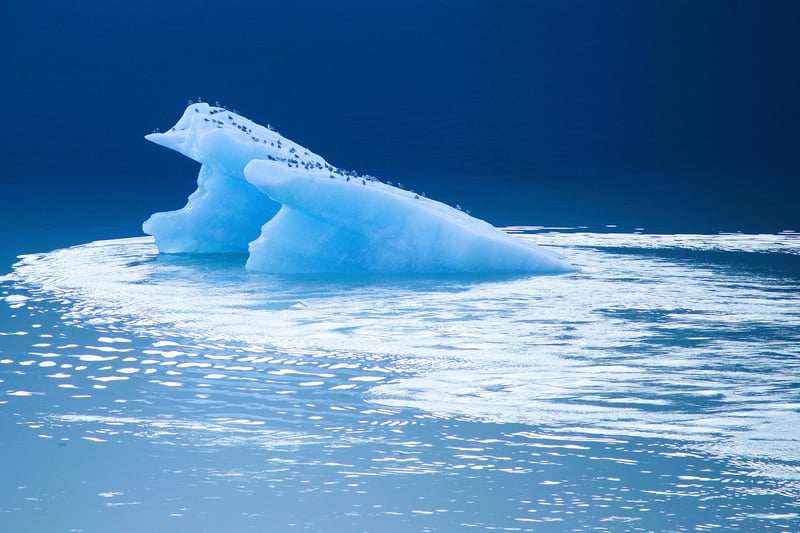Extreme Environments
The Search for Life in Extreme Environments
Exploring the possibility of life beyond Earth has fascinated scientists and the general public for centuries. From the vastness of space to the extreme environments on our planet, the search for extraterrestrial life continues to be a topic of great interest and research.
Life in Extreme Environments
Life on Earth has shown remarkable resilience and adaptability, thriving in environments once thought to be uninhabitable. From the depths of the ocean to the scorching hot deserts, organisms have been found to survive and even thrive in extreme conditions.
Extreme Environments on Earth
One of the most fascinating aspects of the search for extraterrestrial life is the study of extreme environments on Earth that mimic conditions found elsewhere in the universe. These environments include:
- Deep-sea hydrothermal vents
- Acidic hot springs
- Arctic and Antarctic regions
- Deserts
- Volcanic craters
Implications for the Search for Extraterrestrial Life
Studying life in extreme environments on Earth provides valuable insights into the potential for life to exist elsewhere in the universe. By understanding how life can adapt and survive in harsh conditions, scientists can better target their search for extraterrestrial life on other planets and moons.
With advancements in technology and space exploration, scientists are constantly discovering new exoplanets and moons that may harbor the conditions necessary for life. Whether it's the subsurface oceans of Europa or the methane lakes of Titan, the possibilities are endless.
Conclusion
The study of life in extreme environments on Earth not only expands our understanding of biology and evolution but also fuels our curiosity about the potential for life beyond our planet. As we continue to explore the universe, the search for extraterrestrial life remains an exciting and ongoing endeavor.



For more information on the search for life in extreme environments, visit NASA's website.
